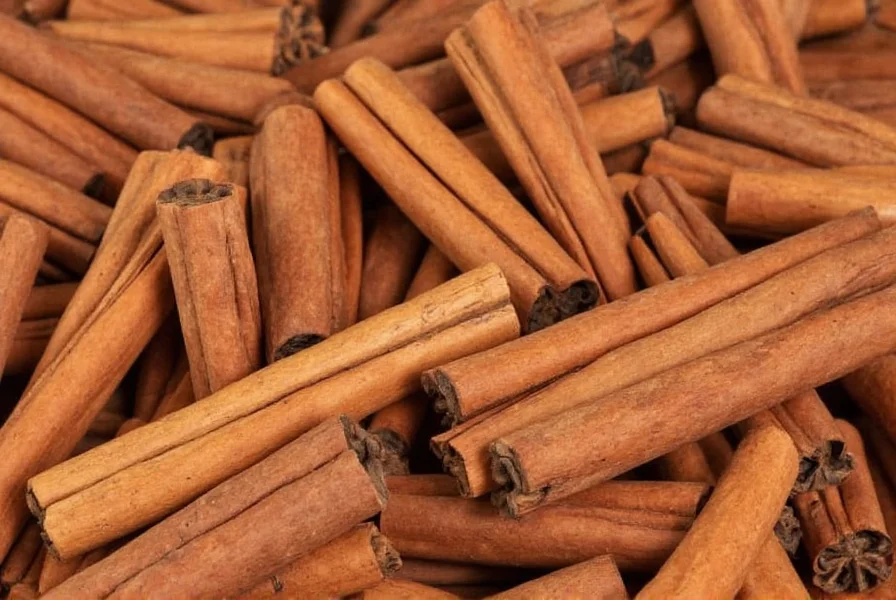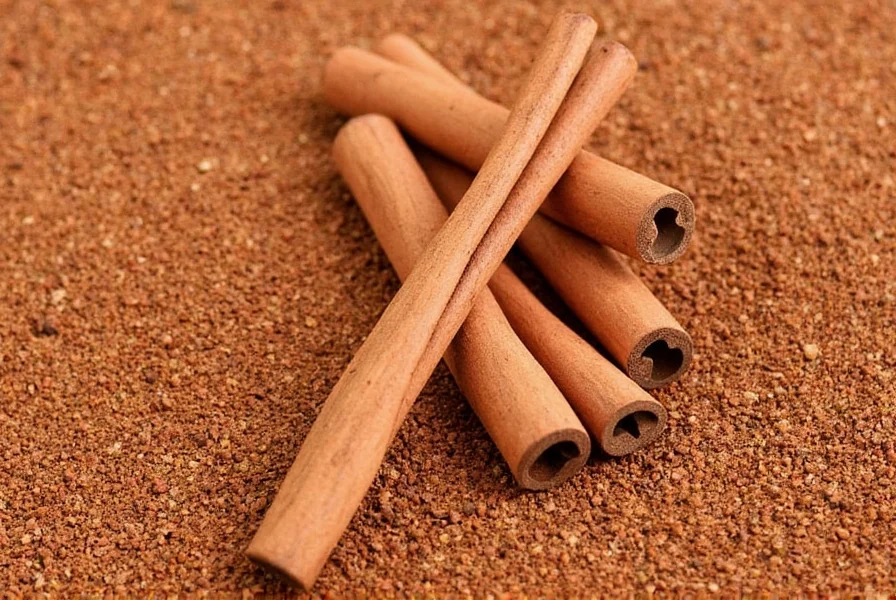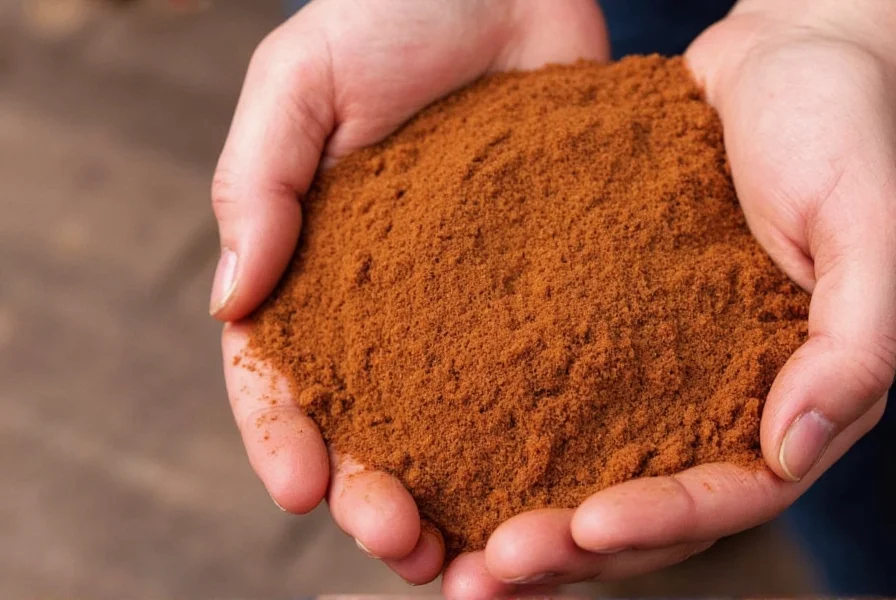Cinnamon harvesting represents one of the most delicate agricultural processes in the spice industry, requiring precise timing and skilled craftsmanship. This ancient practice has remained largely unchanged for centuries, preserving the quality and distinctive flavor profile that makes cinnamon so valuable worldwide. Understanding the traditional cinnamon harvesting process reveals why genuine Ceylon cinnamon commands premium prices compared to its Cassia counterpart.
The Cinnamon Tree and Its Growth Cycle
Cinnamon comes from the inner bark of trees belonging to the Cinnamomum genus, primarily Cinnamomum verum (true cinnamon or Ceylon cinnamon) and Cinnamomum cassia (Cassia cinnamon). Ceylon cinnamon trees grow as small evergreen trees that reach 10-15 meters in height when mature. Farmers typically cultivate them as bushes through regular pruning, which encourages the growth of multiple shoots ideal for harvesting.
These trees thrive in tropical climates with consistent rainfall and temperatures between 25-30°C (77-86°F). Sri Lanka remains the world's largest producer of Ceylon cinnamon, though significant cultivation also occurs in India, Madagascar, and the Seychelles. The trees begin producing harvestable shoots when they're two years old and remain productive for approximately 45 years before needing replacement.
Harvest Timing: When Is Cinnamon Harvested?
The traditional cinnamon harvesting process follows nature's rhythm. Experienced farmers harvest cinnamon twice annually—once at the beginning of the rainy season (April-May) and again toward the end (August-September). This timing proves critical because the increased moisture content during these periods makes the bark exceptionally pliable and easier to separate from the woody core.
Attempting to harvest outside these windows results in brittle bark that cracks during processing, significantly reducing quality and value. The rainy season timing represents one of the most important aspects of sustainable cinnamon farming practices, as it aligns with the tree's natural growth cycle.
Step-by-Step Cinnamon Harvesting Process
The meticulous cinnamon harvesting techniques have been perfected over generations. Here's the detailed process:
- Shoot Selection and Cutting: Workers identify mature, pencil-thick shoots (approximately 2-3 cm in diameter) that have grown during the previous year. Using specialized knives, they cut these shoots close to the ground.
- Trimming and Preparation: The cut shoots are trimmed to uniform lengths (about 1.5-2 meters) and any leaves or small twigs are removed. This preparation ensures consistency during the peeling process.
- Beating the Shoots: Workers gently beat the shoots with a hammer or mallet to loosen the outer bark. This crucial step requires significant skill—too little force won't separate the layers, while too much damages the valuable inner bark.
- Outer Bark Removal: The loosened outer bark is carefully peeled away using a small knife, revealing the smooth inner bark layer that contains the aromatic oils.
- Inner Bark Scraping: Artisans then use a specialized curved knife to scrape the inner bark from the woody core. This delicate operation demands years of experience to remove the bark in continuous strips without tearing.
- Quill Formation: The freshly removed inner bark strips naturally begin curling as they lose moisture. Workers immediately place smaller strips inside larger ones to form the characteristic quills. Multiple layers may be nested together.
- Drying Process: The formed quills are placed on mats in well-ventilated sheds for 4-8 days. During this time, they continue drying and hardening into their final form. Proper airflow prevents mold while allowing gradual moisture loss.
- Processing and Grading: After drying, workers cut the quills to standard lengths (10-15 cm), remove any remaining outer bark fragments, and grade them by thickness, color, and oil content.
| Harvesting Stage | Duration | Key Requirements |
|---|---|---|
| Shoot Selection | 1-2 hours per acre | Proper shoot maturity (1-2 years) |
| Beating and Peeling | 3-4 hours per worker | Skilled labor, proper tools |
| Drying Process | 4-8 days | Controlled humidity (60-70%), airflow |
| Final Processing | 2-3 days | Careful handling, grading expertise |
Traditional vs. Modern Cinnamon Harvesting Techniques
While the fundamental process remains unchanged, some modern innovations have emerged. Traditional cinnamon harvesting relies entirely on manual labor with minimal tools—primarily knives and mallets. This method preserves the highest quality but requires significant skilled labor.
Some larger plantations have introduced mechanical aids for the initial beating process, though the critical peeling and quill formation stages remain manual. Attempts to fully mechanize the process have failed because the delicate inner bark requires human judgment and dexterity that machines cannot replicate.
The difference between Ceylon and Cassia cinnamon harvesting lies primarily in the processing. Ceylon cinnamon produces multiple thin layers that form delicate, hollow quills, while Cassia yields a single thick layer that creates solid, dense sticks. This structural difference affects both the harvesting technique and final product quality.

Labor and Sustainability in Cinnamon Production
Cinnamon harvesting remains intensely labor-intensive, requiring approximately 15-20 skilled workers per acre during peak harvest season. Each worker typically processes 50-75 pounds of shoots daily, yielding just 1-2 pounds of dried quills—a testament to the labor required for this precious spice.
Sustainable cinnamon farming practices focus on maintaining healthy trees through proper pruning techniques that encourage new shoot growth without damaging the plant. Many producers now implement organic certification and fair labor practices to meet growing consumer demand for ethically sourced spices.
The entire process from cutting to final product takes approximately 2-3 weeks, with the most critical phase being the initial 24 hours after harvesting when the bark must be processed before it hardens. This time sensitivity explains why cinnamon processing facilities are always located near the plantations.

From Harvest to Your Kitchen
After harvesting and initial processing, cinnamon undergoes quality control, packaging, and distribution. High-grade Ceylon cinnamon commands premium prices due to its more complex harvesting process and superior flavor profile. Understanding how cinnamon is harvested helps consumers appreciate why genuine Ceylon cinnamon costs significantly more than Cassia varieties.
The traditional cinnamon harvesting process represents a perfect marriage of agricultural knowledge and artisanal skill. Each quill contains the expertise of generations of farmers who have preserved these techniques despite modern agricultural advances. When you use cinnamon in your cooking, you're experiencing a process refined over centuries of practice.
Frequently Asked Questions
How long does it take to harvest cinnamon from a single tree?
A single cinnamon tree produces multiple harvestable shoots, but the actual harvesting process for one mature bush takes approximately 15-20 minutes. However, the entire process from cutting to dried quills spans 2-3 weeks, with the critical initial processing needing completion within 24 hours of cutting the shoots.
What's the difference between Ceylon and Cassia cinnamon harvesting?
Ceylon cinnamon harvesting produces multiple thin layers of inner bark that form delicate, hollow quills with 20-30 layers. Cassia cinnamon yields a single thick layer of bark that creates solid, dense sticks. The Ceylon process requires more skilled labor and precision, making it more time-consuming and expensive than Cassia harvesting.
Why is cinnamon harvested during the rainy season?
Cinnamon is harvested during the rainy season (April-May and August-September) because increased moisture content makes the bark exceptionally pliable and easier to separate from the woody core. Harvesting outside these windows results in brittle bark that cracks during processing, significantly reducing quality and value.
How much cinnamon does one tree produce annually?
A mature cinnamon bush (typically kept as a multi-stemmed plant through pruning) produces approximately 4-6 pounds of dried quills annually. It takes about 25-30 pounds of fresh shoots to produce just one pound of dried cinnamon quills, highlighting the labor-intensive nature of the harvesting process.
What makes cinnamon harvesting so labor-intensive?
Cinnamon harvesting requires skilled manual labor at every stage—from selecting the right shoots to the delicate peeling process. The inner bark must be removed in continuous strips without tearing, which demands years of experience. Each worker processes 50-75 pounds of shoots daily but yields only 1-2 pounds of dried quills, making it one of the most labor-intensive spice production processes.











 浙公网安备
33010002000092号
浙公网安备
33010002000092号 浙B2-20120091-4
浙B2-20120091-4